
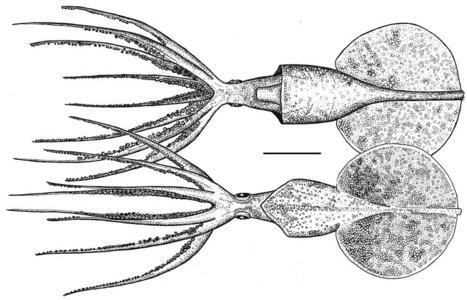 Figure. Ventral (top) and dorsal (bottom) views of the type specimen of Asperoteuthis nesisi. Drawing modified from Arkhipkin and Laptikhovsky (2008).
Figure. Ventral (top) and dorsal (bottom) views of the type specimen of Asperoteuthis nesisi. Drawing modified from Arkhipkin and Laptikhovsky (2008). Introduction
Asperoteuthis nesisi is based on a single, trawl-captured, large female, 36 cm ML, lacking tentacles and captured in the South Atlantic near the Falkland Islands at 53°44'S, 58°46'W.

Figure. Ventral view of the freshly caught A. nesisi. Photograph by A. Arkhipkin.
Brief diagnosis:
An Asperoteuthis ...
- with large (width more than half ML) fins.
- without enlarged suckers in the middle and distal portions of arms II and III.
- with 12-14 pointed teeth on arm suckers.
Characteristics
- Arms
- Arm formula: IV>II>I>III but arms nearly subequal.
- Arms IV slightly the thickest.
- Largest arm suckers at mid-region of arm length; largest on arms II, smallest on arms IV.
- Suckers with 12-14 sharp, triangular teeth distally on horny rings; proximal margin smooth.
- Tentacles
- Tentacles missing; represented by short, slender stumps.
- Tentacles missing; represented by short, slender stumps.
- Head
- Radula with 7 rows of teeth; rhachidian with 3 cusps, first laterals with 2 cusps each.
- Lower beak with well-developed lateral-wall fold, strongly angled wing fold extends nearly to tip of rostrum
- Radula with 7 rows of teeth; rhachidian with 3 cusps, first laterals with 2 cusps each.
- Funnel
- Funnel component of the funnel/mantle locking apparatus with asymmetrical antitragus, long, weakly developed tragus.
- Funnel valve present.
- Mantle
- Mantle wall thin.
- Mantle covered with numerous, circular depressions containing more darkly pigmented skin.
- Muscle beneath depressions with vacuoles.
- Skin covered with tiny (0.1-0.2 mm high) tubercles.
 Click on an image to view larger version & data in a new window
Click on an image to view larger version & data in a new windowFigure. Ventral view of the anterior mantle of the freshly caught A. nesisi. Note the numerous circular depressions. Photograph by A. Arkhipkin.
- Fins
- Muscular, oval, slightly wider than long.
- Muscular, oval, slightly wider than long.
- Photophores
- Large eyes each with single, long, longitudinal photophore on ventral surface.
- Large eyes each with single, long, longitudinal photophore on ventral surface.
- Measurements and Counts (from Arkhipkin and Laptikhovsky, 2008).
Character
Measurements & counts
% of mantle length
Mantle length
363
Head length
88
24
Head width
36
10
Distance between eyes
18
5
Maximum mantle width
100
28
Fin length
220
61
Fin width
246
68
Arm I, length
312
86
Arm II, length
335
92
Arm III, length
303
84
Arm IV, length
377
104
Sucker diameter, arm I
3
0.8
Sucker diameter, arm II
3.5
1.0
Sucker diameter, arm III
4
1.1
Sucker diameter, arm IV
2.5
0.7
Eye diameter
27
7
Eye photophore length
28
8
No. suckers on proximal half of arm I
41
No. suckers on proximal half of arm II
42
No. suckers on proximal half of arm III
41
No. suckers on proximal half of arm IV
48
Comments
The above description is based on the paper by Arkhipkin and Laptikhovsky (2008).
Salcedo-Vargas (1999) described Asperoteuthis lui (Cook Strait, New Zealand) based on the partially digested arms, one tentacle and eyes of a partial specimen taken from a fish stomach. This specimen had a distinctive tentacular club and enlarged suckers on arms II and III. The latter feature apparently separates it from A. nesisi but could represent sexual dimorphism. More specimens are needed to clarify the relationship between these two species.
For a comparison of all species of Asperoteuthis, go to the Asperoteuthis page.
Sequence data are available on Genbank via the following accession numbers for COI – EU421718, 16S rRNA –EU421719 and 12S rRNA – EU421720.
Nomenclature
This species appears to have been reported previously but not named. Clarke (1980) described it as ?Mastigoteuthis A. He had two specimens from the stomach of a sperm whale landed at the whaling station on South Georgia Island which lacked tentacles. A summary of Clarke's species can be found here. Nesis (1974) referred to two large paralarvae from the southwestern Atlantic as Chiroteuthis sp. n. and later (1982/87) suggested that his species was the same as Clarke's. A summary of Nesis's species can be found here. Arkhipkin and Laptikhovsky (2008) suggest that Clarke's species probably is Asperoteuthis nesisi.
?Mastigoteuthis A and A. nesisi have been placed in the synonomy of Asperoteuthis lui by Braid (2016).
References
Arkhipkin, A. I. and V. Laptikhovsky. 2008. Discovery of the fourth species of the enigmatic chiroteuthid squid Asperoteuthis (Cephalopoda: Oegopsida) and extension of the range of the genus to the South Atlantic. Journal of Molluscan Studies, 74: 203-207.
Braid, H.E. 2016. Resolving the taxonomic status of Asperoteuthis lui Salcedo-Vargas, 1999 (Cephalopoda, Chiroteuthidae) using integrative taxonomy. Mar. Biodiv. DOI 10.1007/s12526-016-0547-5
Nesis, K. N. 1974. Oceanic cephalopods of the southwestern Atlantic Ocean. Trudy Inst. Okean. Shirshova Akad. Nauk SSSR, 98: 51-75.
Nesis, K. N. 1982/87. Abridged key to the cephalopod mollusks of the world's ocean. 385,ii pp. Light and Food Industry Publishing House, Moscow. (In Russian.). Translated into English by B. S. Levitov, ed. by L. A. Burgess (1987), Cephalopods of the world. T. F. H. Publications, Neptune City, NJ, 351pp.
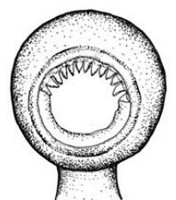
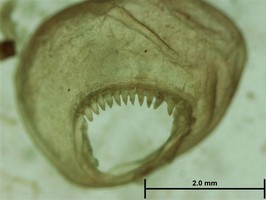
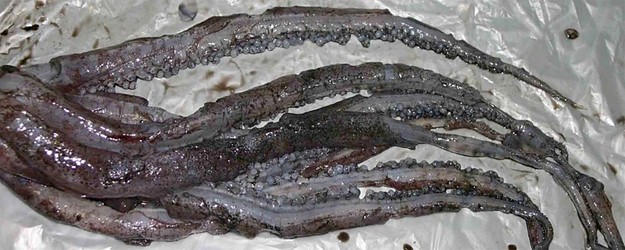

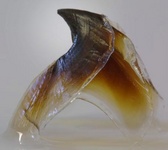

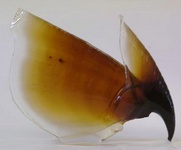

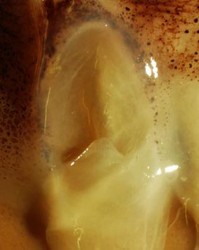
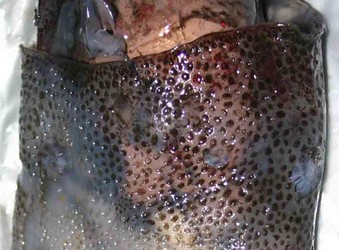
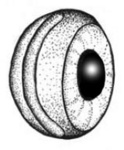




 Go to quick links
Go to quick search
Go to navigation for this section of the ToL site
Go to detailed links for the ToL site
Go to quick links
Go to quick search
Go to navigation for this section of the ToL site
Go to detailed links for the ToL site